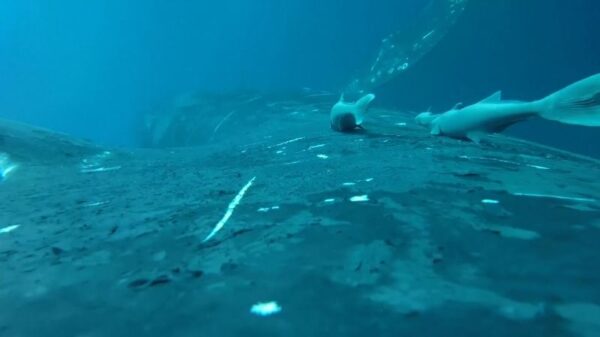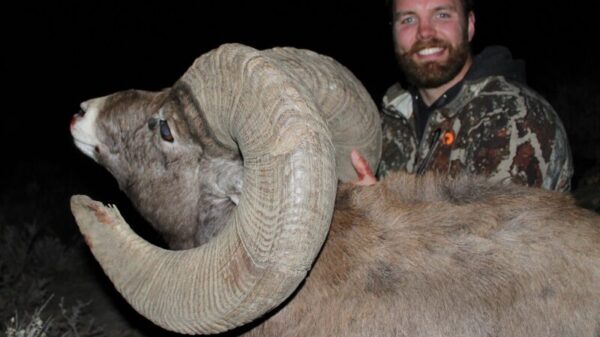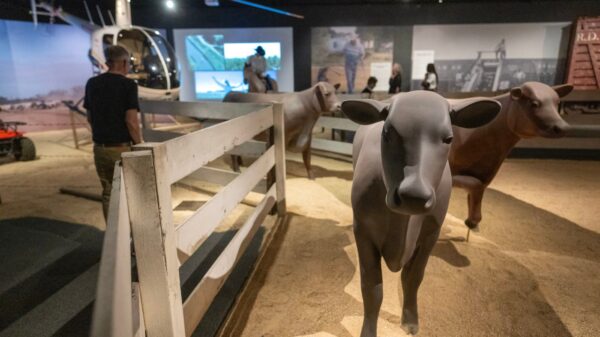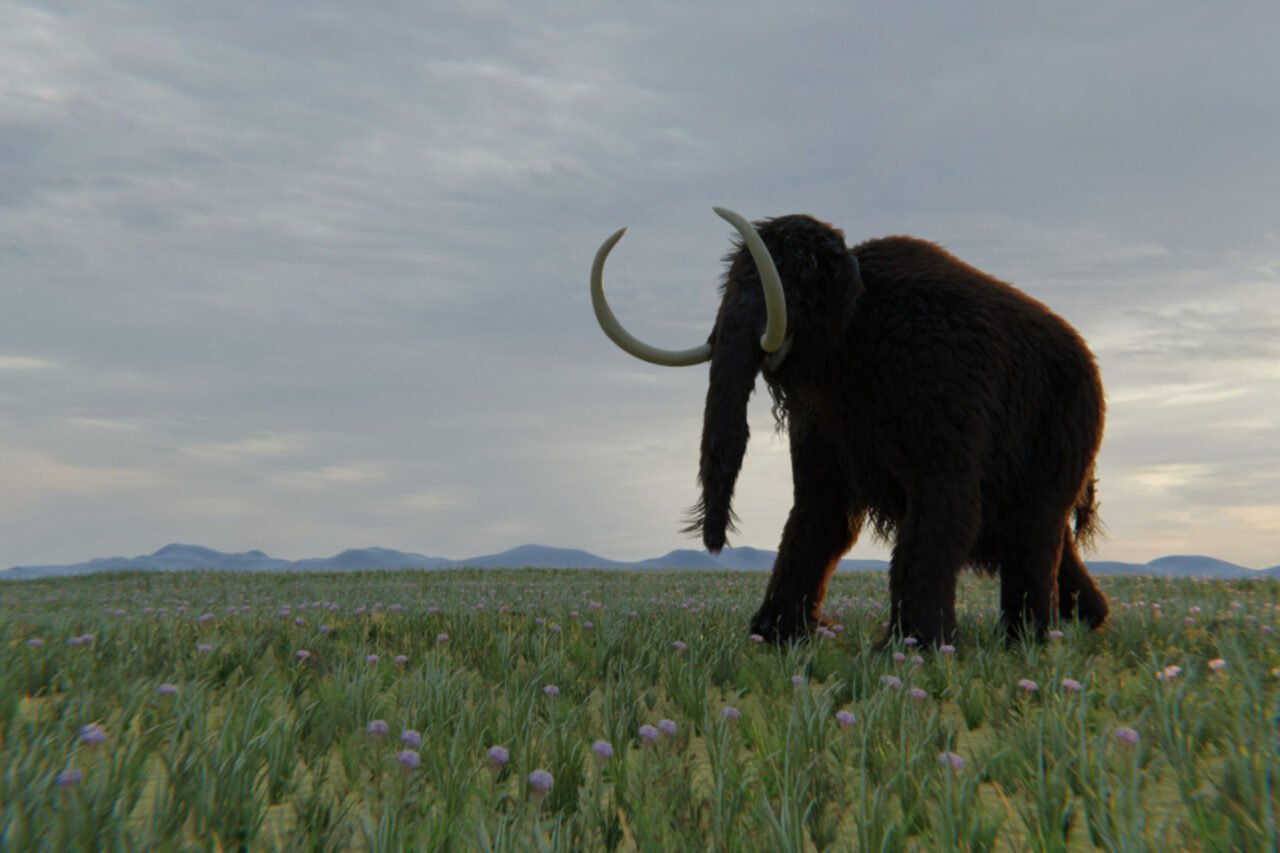A team of researchers has made a significant discovery regarding the woolly mammoth, uncovering new insights from a tooth originally found in 1878. The study, published in the journal Canadian Science Publishing, reveals that the tooth, previously thought to belong to a Columbian mammoth, actually originates from an older cold-adapted woolly mammoth. This finding suggests that these creatures roamed much farther east than previously documented.
The fossil tooth was unearthed on an island in Nunavut, a northern territory in Canada. By re-examining its morphology, the researchers determined it to be a worn stump of the third left upper molar of the species Mammuthus primigenius. Lead author Louis-Philippe Bateman, a graduate student in the Department of Biology at McGill University, emphasized the importance of the analysis, likening it to “high-stakes dentistry on precious fossil remains.”
Insights from Isotopic Analysis
The isotopic tests conducted on the tooth revealed that the woolly mammoth likely consumed typical Ice Age vegetation, including grasses and other plants. Interestingly, this mammoth lived during an interglacial period, approximately 130,000 to 100,000 years ago, when the climate conditions were similar to those of today. The isotopic analysis also indicated higher-than-expected nitrogen levels, suggesting that the mammoth may have experienced malnutrition towards the end of its life.
Bateman noted the excitement surrounding the possibility of further discoveries, stating, “Now that we know woolly mammoths likely ranged here, it’s very tempting to go out and look for some more. They can turn up in the most unexpected of places!” This sentiment underscores the ongoing value of museum collections, which can yield valuable information even after many years.
The Lasting Legacy of Museum Collections
The research emphasizes that specimens preserved for nearly 150 years still have much to teach us about ancient organisms and their responses to environmental changes. Bateman remarked, “Studying them can give us insights into how organisms evolve and respond to climate change.” This perspective highlights the importance of continued research within historical collections, presenting them as a continuous resource for scientific discovery.
This latest revelation not only reshapes our understanding of the woolly mammoth’s territory but also reinforces the significance of historical specimens in revealing the secrets of our planet’s past. As researchers continue to delve into the complexities of ancient life, the potential for new findings remains vast, reminding us of the enduring mysteries that lie within our natural history.






































































